Death, American Style
Death, American Style
A Cultural History of Dying in America
Lawrence R. Samuel
ROWMAN & LITTLEFIELD PUBLISHERS, INC.
Lanham Boulder New York Toronto Plymouth, UK
Published by Rowman & Littlefield Publishers, Inc.
A wholly owned subsidiary of The Rowman & Littlefield Publishing Group, Inc.
4501 Forbes Boulevard, Suite 200, Lanham, Maryland 20706
www.rowman.com
10 Thornbury Road, Plymouth PL6 7PP, United Kingdom
Copyright 2013 by Rowman & Littlefield Publishers, Inc.
All rights reserved. No part of this book may be reproduced in any form or by any electronic or mechanical means, including information storage and retrieval systems, without written permission from the publisher, except by a reviewer who may quote passages in a review.
British Library Cataloguing in Publication Information Available
Library of Congress Cataloging-in-Publication Data
Samuel, Lawrence R.
Death, American style : a cultural history of dying in America / Lawrence R. Samuel.
pages cm
Includes bibliographical references and index.
ISBN 978-1-4422-2223-6 (cloth : alk. paper) ISBN 978-1-4422-2224-3 (electronic)
1. DeathSocial aspectsUnited StatesHistory. 2. DeathUnited StatesHistory. I. Title.
HQ1073.5.U6S26 2013
306.90973dc23
2013002960
 TM The paper used in this publication meets the minimum requirements of American National Standard for Information Sciences Permanence of Paper for Printed Library Materials, ANSI/NISO Z39.48-1992.
TM The paper used in this publication meets the minimum requirements of American National Standard for Information Sciences Permanence of Paper for Printed Library Materials, ANSI/NISO Z39.48-1992.
Printed in the United States of America
Gently, oer a perfumd sea,
The weary way-worn wanderer bore
To his own native shore.
Edgar Allan Poe, To Helen, 1831
Introduction
Life, not death, is the great mystery.
Anonymous
Death, American Style is the first comprehensive cultural history of death and dying in the United States from the 1920s to today. (With all due respect to Jessica Mitford, her classic The American Way of Death, both the original 1963 edition and the 1998 revised edition, were primarily exposs of the American funeral industry.)1 Given that death is one of just two certainties in life, it is amazing that it has taken this long for someone to tackle the subject from a historical and cultural perspective. (Plenty of books have been written about taxes.) This book thus fills a large gap in our literary landscape, offering new and unique insights into an area to which everyone can somehow relate. Because the subject is enormous in scope, Death, American Style focuses on the role of the end of life in the United States over the past century or so. It is immediately after World War I (and the 1918 influenza epidemic) when we entered the modern age of death, I argue; the traditional ways of perceiving and coping with the end of life were left behind for good because of these two traumatic events. Death increased in volume and intensity through the twentieth century and into the twenty-first, its trajectory not a straight line but filled with twists and turns. Without doubt, the biggest curve was the cost of living longer, healthier lives; the end of life is now often a prolonged period carrying a heavy emotional, ethical, physical, and financial price.
The major theme of this book is Americas uneasy relationship with death and dying through the twentieth century and up to today. Over the past century, death and sex battled it out to be the number one unmentionable in America; these two topics were most reflective of our shame and embarrassment when it comes to all corporeal matters. But death has surged way ahead of sex on a forbidden quotient, I think most would agree; the former is now firmly ensconced as this countrys leading source of uneasiness, discomfort, and apprehension. The notion of one day disappearing is contrary to many of our defining cultural values, I propose, with death and dying viewed as profoundly un-American experiences. The rise of the self has made it increasingly difficult to acknowledge the fact that our individual selves will no longer exist. Death and dying became almost unmentionable words over the course of the last century, topics not to be brought up in polite conversation. Although we have recently made some progress in reconciling the fact that life is a finite resource, we remain very unprepared for the approaching tsunami of death as the largest generation in history begins to die off in great numbers. Americans need to individually and collectively come to terms with mortality if we are to avert a major social crisis over the next couple of decades, I propose, something few people are thinking or talking about. I am not optimistic about this happening, and I conclude that the emerging death-centric society will be a period of considerable turmoil, perhaps equivalent to that of the countercultural 1960s and 1970s.
The breadth and depth of death as a subject is truly astounding. Not just the end of life, death is woven into many aspects of it, especially some of its most memorable moments. Indeed, a good number of our seminal, defining experiences have to do with the loss of a loved one; these events often stick with us for the remainder of our own lives. Death is really about life, if you think about it, a constant reminder to make the most of the time we have. The social and cultural dimensions of death and dying are equally compelling. Death is as good as any way to read the values of a society at a particular point in time, a central component of any civilization. Our cult of celebrity can easily be detected, for example, by our keen interest in the deaths of famous people (especially when they occur under suspicious circumstances, like that of Princess Diana or Michael Jackson). The death of minor celebrities is often the lead headline on Yahoos news; in fact, this is just one of the ways we contain our fear of mortality by turning it into pop culture fodder. The popular skull and crossbones motif in fashion (inspired by the Pirates of the Caribbean movies) is another way we publicly display (and mock) death as a cathartic release for our underlying dread of it.
On a deeper level, death is a rich, metaphysical stew combining elements of philosophy, psychology, religion, anthropology, and sociology; its close relationship with theories about the afterlife makes the subject yet more intriguing. Science and medicine are of course at the heart of death, so much so that some have argued that their unstated purpose all along has been to solve the problem of dying. Death has also served as a go-to theme in popular culture, with Americans having an insatiable appetite for the long good-bye as long as it is not their own. More than anything else, however, death is personal, highly charged, with some of the strongest emotions we can feel. Fear, guilt, and, yes, happiness can be found in the dynamics of death, with only love transcending the emotional impact of losing an important person in ones life. Grief is naturally a big part of any study of death; that it is not just a powerful emotion but can be expressed in an infinite number of ways is evident from some of the stories told here. That there was and is an art of dying has also served as a common theme, reflecting the (particularly American) idea that death, like life, is something to master. Likewise, dying well or achieving a good death frequently pops up in the narrative, with many sensibly proposing that planning for the end of life is at least as important as planning for any other stage of it. We learn that those who did master the art of dying saw death not as a stranger or the enemy but as an essential, natural part of life. Death is not a separate entity of or epilogue to life but an integral dimension of it, in other words; such a view offers our best chance to increase the likelihood of dying well.
Next page
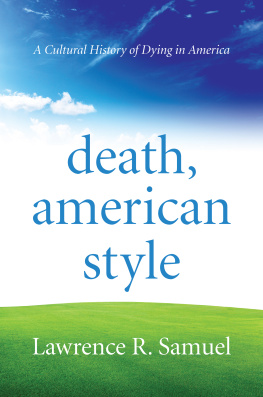
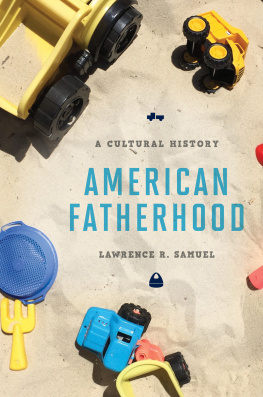
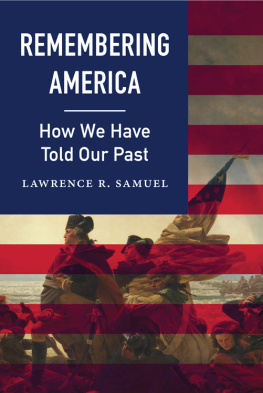
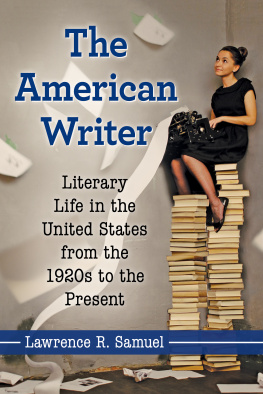
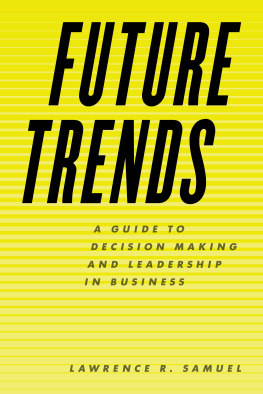

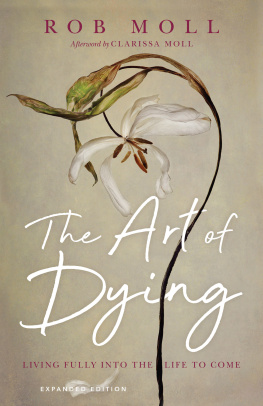
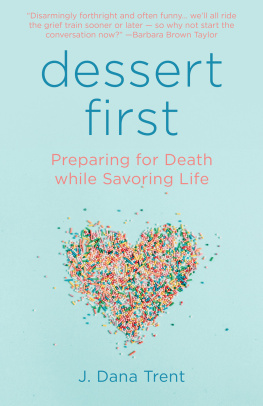
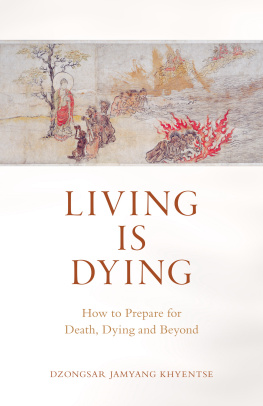
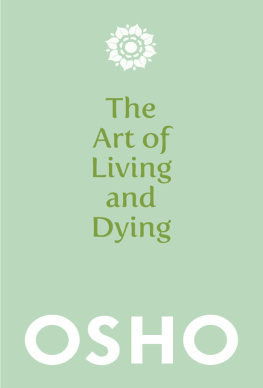
 TM The paper used in this publication meets the minimum requirements of American National Standard for Information Sciences Permanence of Paper for Printed Library Materials, ANSI/NISO Z39.48-1992.
TM The paper used in this publication meets the minimum requirements of American National Standard for Information Sciences Permanence of Paper for Printed Library Materials, ANSI/NISO Z39.48-1992.